The Great North Run: Injury Prevention
Injury prevention is crucial for runners to maintain their long-term health and performance. If you’re taking part in the Great North Run this year, it’s important to consider injury prevention.
Why is training important in terms of injury prevention?
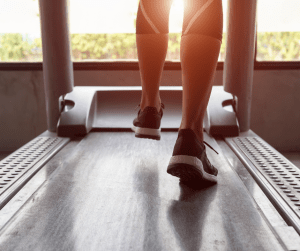
Training allows runners to gradually improve their fitness levels, endurance, speed, and overall performance. With consistent training, you’ll be able to achieve your goals. Whether it’s running a specific distance, achieving a personal record, or completing a race, training will help.
Proper training helps strengthen muscles, ligaments, and tendons, reducing the risk of injuries. Training will also allow you to identify and correct any form that could lead to injuries in the long run.
Common running injuries and how to prevent them
Achilles Tendinitis
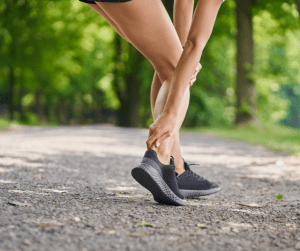
Achilles tendonitis is an overuse injury of the Achilles tendon. This is the band of tissue that connects calf muscles at the back of your lower leg to your heel bone.
Symptoms include stiffness and tenderness along the back of the ankle.
Common causes include:
-
Tight or stiff calf muscles
-
Inflexible feet
-
A sudden increase in training (not training in moderation)
To help with Achilles tendonitis you can use ice to reduce inflammation, especially after running. Additionally, you can stretch your calves with both bent and straight legs. It’s also a good idea to avoid speed work and running hills.
Muscle strains
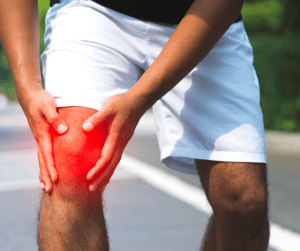
I’m sure we’ve all experienced a pulled muscle. However, runners are more likely to experience ‘muscle strains.’ These are repeated small tears that then heal again.
Symptoms include pain in the muscle, and you may experience specific areas of knots or tightness.
A common cause of this is repetitive stress caused by excessive training. Additionally, this can be caused by poor posture or technique overloading the same area too much.
With muscle strains, it is advisable to only run if it doesn’t hurt to do so. Massage can also help. You can massage the area yourself or book to see a sports therapist. You may also need to reassess your training programme or get someone to look at your running technique.
Shin Splints
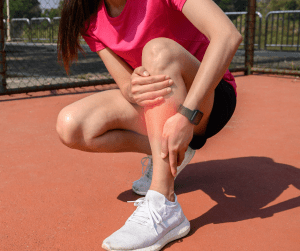
Shin splints can be identified as pain and inflammation along the inner border of the shin bone.
Symptoms for shin splints include tenderness along the length of the shin bone.
Common causes include:
-
A sudden increase in training
-
Too much training on hard surfaces
-
Weak or tight muscles around the shin or calf
-
Poor technique
If you suffer from shin splints, it’s a good idea to ice and massage the sore area. You may also consider having your running gait and shoes assessed.
Runner’s Knee
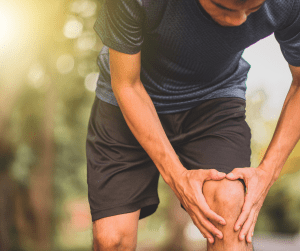
In short, runner’s knee is a pain and inflammation behind the knee cap.
Symptoms include a persistent or throbbing pain behind the kneecap. This tends to get worse after long periods of sitting or walking downstairs.
Common causes include:
-
Maltracking of the kneecap
-
Tight quads or calves
-
Inappropriate running shoes
When it comes to runner’s knee, ice and anti-inflammatories can help to ease the pain. It may also be a good idea to see a sports physiotherapist.
It’s important to note that these are just a few of the many common running injuries.
Keeping joints healthy
Maintaining healthy joints is crucial for runners to prevent injuries and ensure longevity in the sport. Things to consider in supporting joint health include:
-
Warming up & cooling down
-
Progress gradually
-
Cross-training
-
Strength training
-
Appropriate footwear
-
Surface choice
-
Listen to your body
Places to run around Newcastle

If you’re training around the Newcastle area, there are plenty of great running spots. These include:
-
Exhibition Park and Town Moor
-
The Quayside
-
Tynemouth Beach
-
Newbiggin-by-the-sea
-
Bolam Lake Country Park
-
Gibside, Gateshead
How Essential Thyme can help with injury prevention when training
Last year, Essential Thyme provided massage therapy for Grace House runners at the Great North Run finish line. We’re pleased to announce that we’ll be doing the same again this year.
Grace House is a charity that is based in the city of Sunderland. They work across the Northeast support to disabled children, young people, and their families. Click here to learn more about the amazing work that Grace House does.
Unfortunately, if running for yourself or another charity, you will not be able to receive a complimentary massage from us at the end of the race. However, you can book yourself in for a post-GNR massage the Monday after the race.
Alternatively, massage can also be included as part of your training in the months leading up to the race. Here at Essential Thyme, we offer monthly memberships that come with a range of benefits.
Additionally, if you are running the GNR contact us for special GNR training packages!






